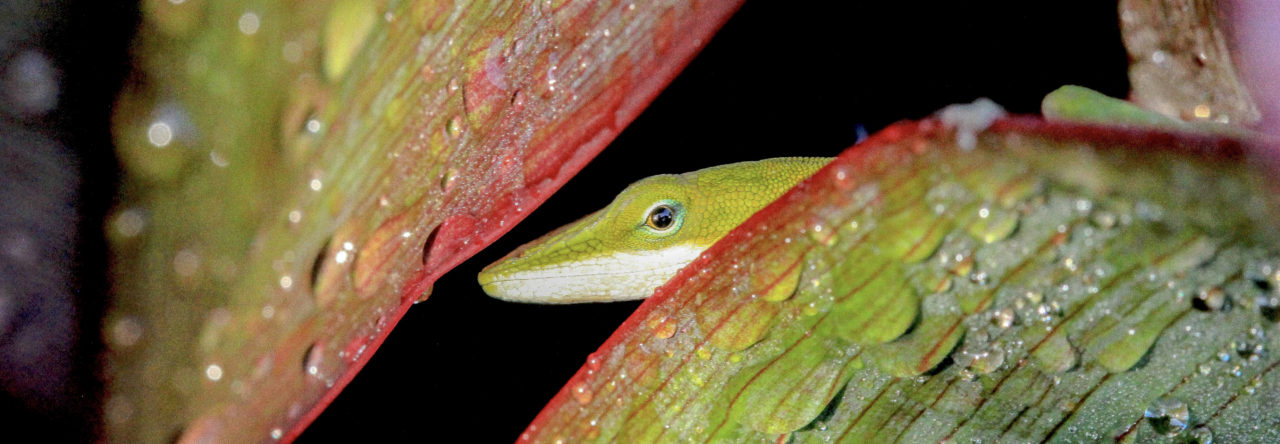
![]() The good folks at Lab Animal, put out by the Nature Publishing Group, have named the green anole Miss June, er, I mean Model Animal of the Month in their June issue. If you’re not familiar with this periodical, it’s a “peer-reviewed journal publishing timely and informative editorial material emphasizing proper management and care. Lab Animal reaches over 10,000 professionals in both the academic world and applied research industries.” Obviously, quite a perceptive bunch, and the article, “The Ever Adaptable Anole,” is quite accurate and informative.
The good folks at Lab Animal, put out by the Nature Publishing Group, have named the green anole Miss June, er, I mean Model Animal of the Month in their June issue. If you’re not familiar with this periodical, it’s a “peer-reviewed journal publishing timely and informative editorial material emphasizing proper management and care. Lab Animal reaches over 10,000 professionals in both the academic world and applied research industries.” Obviously, quite a perceptive bunch, and the article, “The Ever Adaptable Anole,” is quite accurate and informative.
Anon. (2012). The ever-adaptable anole Lab Animal, 41 (6), 149-149 DOI: 10.1038/laban0612-149


 Follow their exploits as they rampage through the eastern Caribbean, measuring dewlap spectra and general wreaking havoc.
Follow their exploits as they rampage through the eastern Caribbean, measuring dewlap spectra and general wreaking havoc. 









